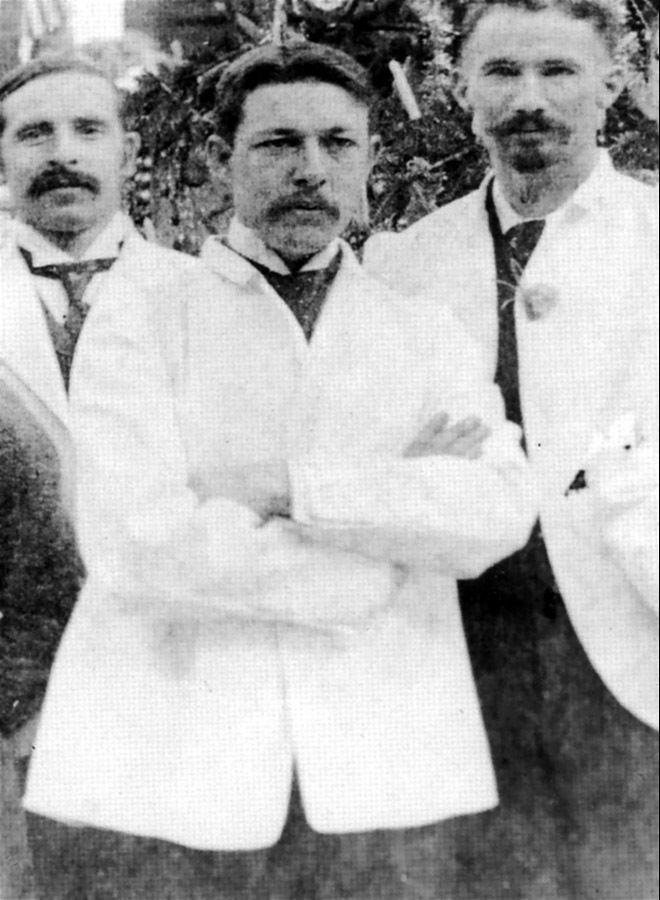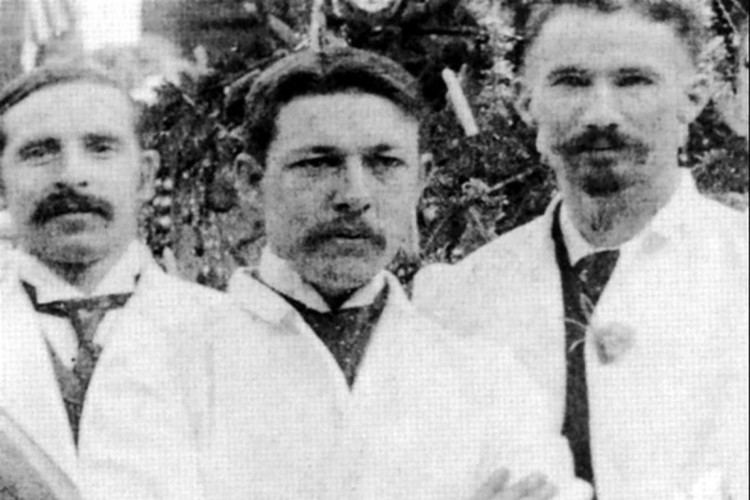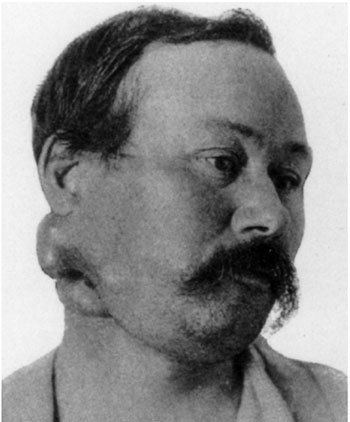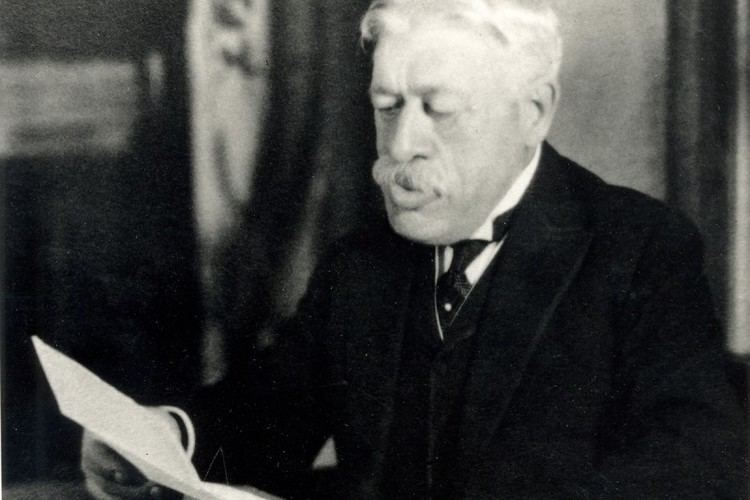Name William Coley | Parents Horace Bradley Coley | |
 | ||
Born January 12, 1862 ( 1862-01-12 ) Westfield, Connecticut Education | ||
Cure for cancer dr william coley s fluid
William Bradley Coley (January 12, 1862 – April 16, 1936) was an American bone surgeon and cancer researcher, pioneer of cancer immunotherapy. He developed a treatment based on provoking an immune response to bacteria. In 1968 a protein related to his work was identified and called tumor necrosis factor-alpha.
Contents
- Cure for cancer dr william coley s fluid
- Dare to Imagine Curing Cancer Brian Baker TEDxUND
- Biography
- Work on cancer and immune response
- Radiation therapy vs Coley vaccine
- Legacy
- References

Dare to Imagine Curing Cancer | Brian Baker | TEDxUND
Biography

He was born on January 12, 1862 in Westfield, Connecticut to Horace Bradley Coley and Clarina B. Wakeman.

He began his career as a bone surgeon at New York Cancer Hospital (which later became part of the Memorial Sloan-Kettering Cancer Center); however, he became more interested in cancer treatment when one of his early patients, Elizabeth Dashiell, died from bone cancer. While going through hospital records, Coley found a sarcoma case study of one patient named Fred Stein, whose tumor disappeared following a high fever from erysipelas infection, now known as Streptococcus pyogenes. This sparked Coley's interest and drove him to find what few examples of similar cancer treatment had been previously recorded. He discovered that other medical pioneers including Robert Koch, Louis Pasteur, and Emil von Behring, had recorded observations of erysipelas infection coinciding with cancer regression.

From 1925 to 1933, Coley served as Surgeon-in-Chief of the Hospital for Special Surgery in New York City.
Work on cancer and immune response
Coley developed the theory that post-surgical infections had helped patients to recover better from their cancer by provoking an immune response. In 1891 he began to experiment by deliberately causing this phenomenon, injecting streptococcus bacteria directly into people being treated; later because this had the adverse effect of causing infection, he switched to using dead bacteria. Coley published the results of his work as a case series, making it difficult to interpret them with confidence. According to the American Cancer Society, "More research would be needed to determine what benefit, if any, this therapy might have for people with cancer". Cancer Research UK say that "available scientific evidence does not currently support claims that Coley's toxins can treat or prevent cancer". People with cancer who take Coley's toxins alongside conventional cancer treatments, or who use it as a substitute for those treatments, risk seriously harming their health.
Radiation therapy vs. Coley vaccine
By 1901, the development of x-rays as a cancer treatment showed great promise. In particular, the therapy resulted in immediate tumor destruction and pain relief. Although Coley claimed successful treatment of hundreds of patients, the absence of proven benefit or reproducibility led to broader emphasis on surgery and on the newly developing field of radiation therapy. This decision was borne out by the eventual successful treatment of millions of people worldwide with radiation therapy.
Coley arranged for a wealthy friend to provide funds to purchase two x-ray machines for his use. However, after several years of experience, Coley came to the conclusion that the effect of that primitive x-ray therapy in the untrained hands of experimenters was localized, temporary and not curative. The scientific majority disagreed, most notably his contemporary James Ewing. His contemporary critics cited the dangerous and unpredictable effects, predominantly the fever caused by the bacteria, that the vaccine had upon individuals weakened by cancer. Furthermore, the vaccine had to be made to a patient's exact needs, making it more labour-intensive, time-consuming and expensive.
Coley died on April 16, 1936.
Legacy
In 2009, Coley's theory that immune systems in humans functioned in a cycle was demonstrated by a research team led by Associate Professor Brendon Coventry, which could have significant ramifications for cancer treatment.
In 2005, drug makers including Pfizer and Sanofi-Aventis had a renewed interest in modern versions of Coley's Toxins; Pfizer has acquired the Coley Pharmaceutical Group, set up in 1997.
The historical results of Coley vaccine therapy are difficult to compare with modern results. Coley's studies were not well controlled and factors such as length of treatment and fever level were not adequately documented. Many of his patients had also received radiation and sometimes surgery. According to the analyses of Coley Nauts and Starnes, treatment success correlated with length of therapy and the fevers induced by the toxins.
Coley's daughter, Helen Coley Nauts (1907–2001) established the nonprofit Cancer Research Institute in 1953 to study her father's work. The organization has since become a leader in funding research in immunology and tumor immunology at universities and hospitals worldwide.
